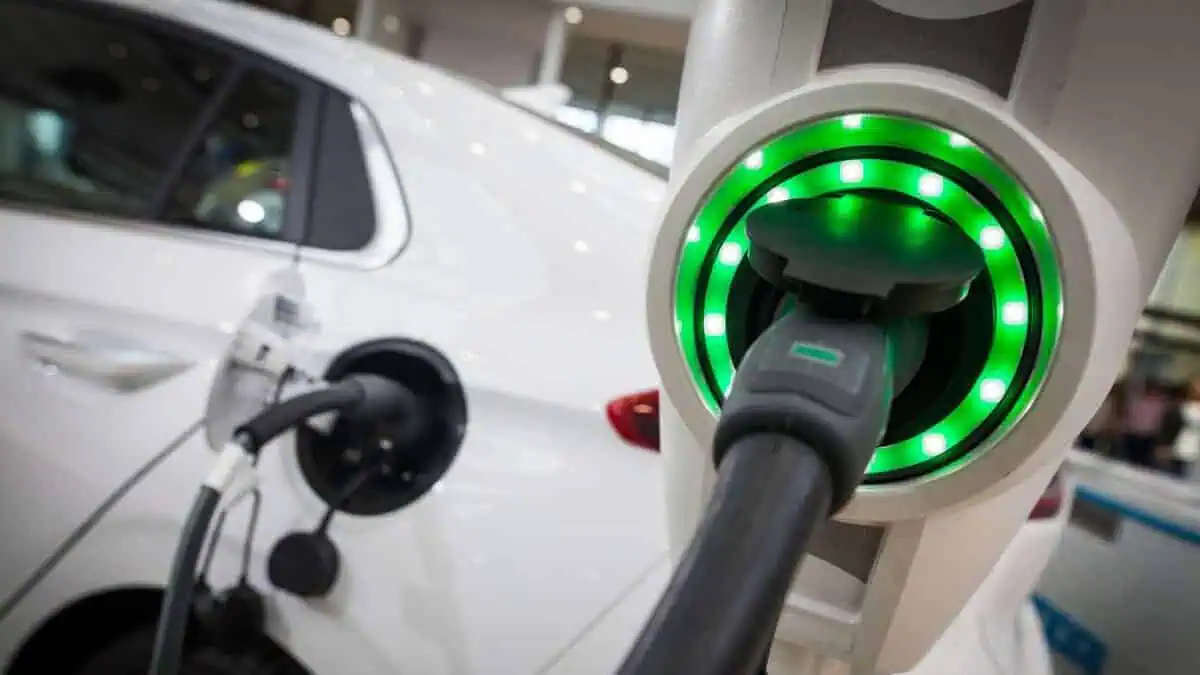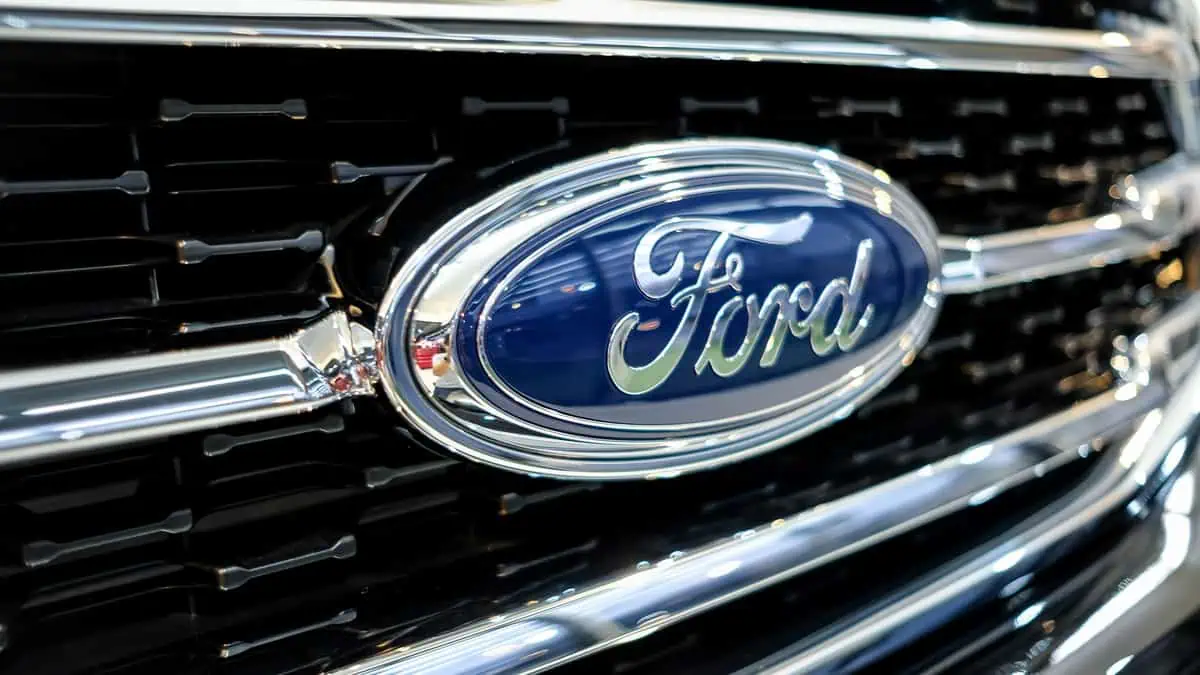As governments worldwide set their net-zero emission targets, electric vehicles have experienced rapid growth in the largest economies. In Europe, China, and the United States, these vehicles are quickly gaining traction as a genuine substitute for gasoline and diesel engines, as per InsideEVs.
Based on the data gathered by JATO, the demand for EVs varies depending on the market. Due to the disparity in EV demands, there seems to be an issue with the EV sales gap.
Europe’s electric vehicle revolution
In Norway, 77% of all new automobile registrations in September were electric vehicles. This progress can be justified by the offered incentives, benefits, and convenience of purchasing EVs. Furthermore, electric vehicles cost less to buy in Norway than gasoline or diesel vehicles.
On the other hand, its neighboring Scandinavian nations lag far behind. However, demand is likewise high due to incentives and generally because the populace has more purchasing power than some European nations.
Furthermore, Northern Europe is regarded as the “fast-charging Europe,” along with some other strong economies in the region. As per the report, “They are the four Scandinavian countries, Germany, Austria, and Switzerland; France the Benelux, the UK, Ireland, and Iceland.” They account for somewhat more than two-thirds of total European auto sales.
Meanwhile, the “slow-charging Europe” include “all the Mediterranean countries, except for France; Portugal, Central Europe up to Poland, and the three Baltic states.”
In the third quarter of 2022, fast-charging countries accounted for 15% of the EV market share. On the other hand, slow-charging countries only represented 3.8%.
The infrastructure and incentives in these slow-charging nations are lacking compared to Norway’s backing for EV adoption. Moreover, consumer income and gasoline prices can also account for this gap.
Zero-Emission Vehicle states ahead in the USA
There are the same disparities among the states in the USA as in Europe.
The Zero-Emission Vehicle (ZEV) program mandates that automakers sell a certain amount of the cleanest vehicles on the market. It is expected to aid California hit its long-term emission reduction goals.
That said, California has significantly outpaced other states in the electrification race. It is hardly surprising given its stringent regulations, such as the ZEV program, compelling incentives, and the presence of giant firms like Tesla.
Remarkably, 14 states have embraced both the LEV (Low-Emission Vehicle) regulations and California’s ZEV program as of August 2022. These states include Colorado, Connecticut, Maine, Maryland, Massachusetts, Minnesota, New Jersey, Nevada, New Mexico, New York, Oregon, Rhode Island, Vermont, Virginia, and Washington.
Compared to the rest of the nation, these states have significantly more people driving electric cars. Notably, the market share difference between ZEV and non-ZEV states in Q2 2022 was 8.7% vs. 3.0%.
The 15 ZEV states accounted for 62% of the nation’s total electric vehicle sales. Meanwhile, they represented 36% of the US market for light vehicles overall.






